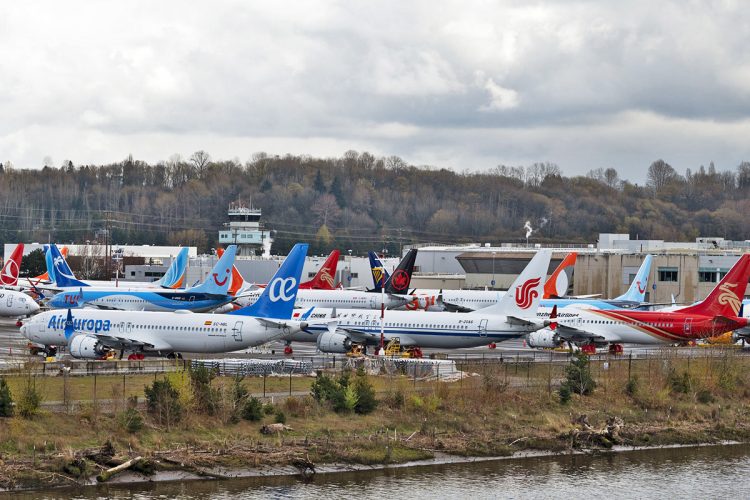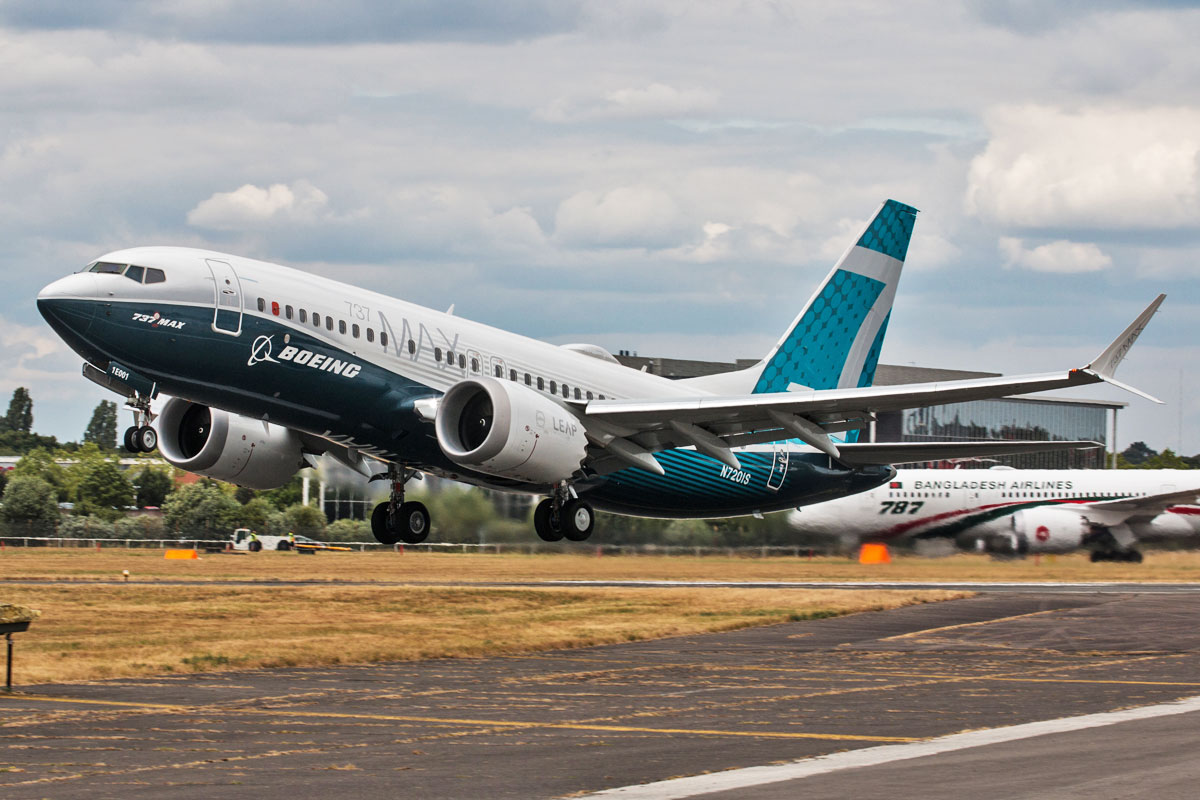The Federal Aviation Administration (FAA) released two documents on Monday which detail the last phase of the recertification process for the 737 MAX, Boeing’s best-selling jet and which has been banned from flying since March 2019.
According to the American authority, Boeing was able to prove that the changes adopted in the aircraft are capable of correcting the flaws that led to the crash of two Lion Air and Ethiopian Airways jets.
“Through a thorough, transparent, and even process, the FAA has preliminarily determined that Boeing’s proposed changes to the 737 MAX design, flight crew procedures and maintenance procedures effectively mitigate the airplane-related safety issues that contributed to the Flight 610 and Flight 302 accidents,” the FAA said.
The FAA also listed the final steps to allow the 737 MAX to return to service. It will be necessary to replace the MCAS software (Maneuvering Characteristics Augmentation System), which contributed to the accidents, with a new flight control system, which will read two angle of attack sensors.
The jet’s emergency checklist should also be revised to incorporate new procedures for the flight crew, including how to override a possible tendency for the 737 MAX to lower its nose. Finally, Boeing will have to retrofit the aircraft’s wiring, with a greater separation between the wires, following the safety standards established by the agency.

Return to service in early 2021
In addition to revelaing the new Airworthiness Directive, the FAA also opened the public consultation to receive comments on proposals to re-certify the 737 MAX for 45 days. The agency estimates that modifying the jets will cost US airlines about $1 million per plane. American, United and Southwest airlines together have just over 70 landed aircraft, in addition to hundreds waiting for delivery.
According to the agency, “this thorough review has taken more than 18 months and included the full-time work of more than 40 engineers, inspectors, pilots, and technical support staff. The effort represents more than 60,000 FAA hours of review, certification testing, and evaluation of pertinent documents. This has so far included approximately 50 hours of FAA flight or simulator tests and FAA analysis of more than 4,000 hours of company flight and simulator testing.”
The final phase will include training pilots to the new 737 MAX standards and should take the rest of the year, which means that the aircraft is expected to return to service only in early 2021. Until then, however, Boeing will be able to resume deliveries of more than 400 planes that are ready. The big question is what will be the demand for them amid the effects of the pandemic. And also the possible rejection of passengers to fly on the jet.

